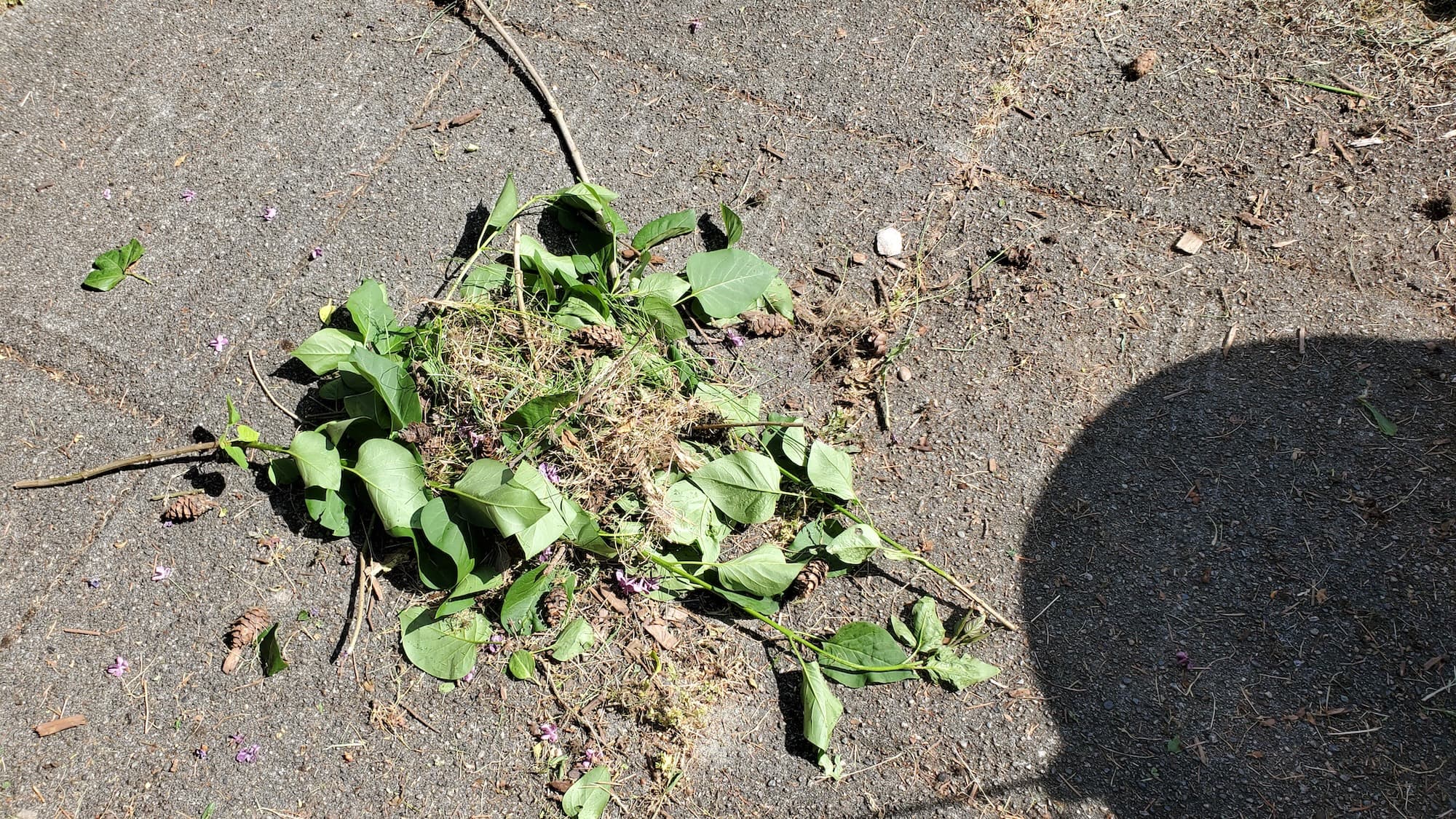Brush Slope Stabilization Clearing
Homeowner’s Issue
Brush yards often sit on gentle to steep banks that show the fingerprints of local weather: dry summers, spring runoff, wind, and temperature swings. Soils here tend toward sandy-loam or compacted subsoil in built-up areas, which drains fast on the surface but can erode under concentrated flows. That combination means gullies, exposed roots, and weed-prone bare patches—especially where irrigation and runoff meet.
Sun exposure varies block-by-block; south-facing banks dry out quickly while north-facing corners hold moisture and occasional moss. Slopes collect debris and tumbleweeds that create fire and tripping hazards, and HOA rules or sight-line restrictions often require tidy, low-lying plantings. Homeowners in Brush and nearby Fort Morgan commonly ask for solutions that cut maintenance, manage drainage, and improve curb appeal without toxic herbicides. Our approach focuses on stabilizing soils, restoring functional drainage, and using native, drought-tolerant plantings so your slope stays safer and easier to care for year after year.
Our Quality Service
We assess your slope and tailor a sustainable plan that fits Brush conditions. Work typically starts with a site review to map drainage paths, soil types, and vegetation priorities. Then we remove problem brush and invasive species by hand or with small equipment, install erosion-control fabric where needed, and add mulch or native groundcovers to lock soil in place.
Benefits you’ll notice:
- Safer, stable slopes with reduced erosion risk.
- Improved curb appeal that follows HOA sight-line rules.
- Lower maintenance needs with drought-tolerant, native plantings.
- Eco-friendly methods only—no herbicides, just organic and mechanical controls.
What’s Included
- Onsite assessment and written estimate.
- Selective vegetation removal (overgrowth, invasives).
- Installation of erosion control fabric and biodegradable wattles where needed.
- Light grading to improve sheet flow and reduce concentrated runoff.
- Mulch application and planting of native, low-water groundcovers and grasses.
- Full debris haul-away or green-bin option (your choice).
Optional upgrades:
- Mulch + fabric heavy-duty package.
- Organic weed control and periodic follow-up visits.
- Gravel or rock swales for enhanced drainage.
- Additional native shrub or pollinator-plant installations.
Before & After / Expectations
Expect some noise from tools and trucks during work days; we keep it efficient and respectful of neighbors. Access should be clear for a small crew and short-distance hauling; steep sites may require extra time for safe work. After the job you’ll see cleared lines, planted stabilizers, and less exposed soil.
Care tips for Brush yards:
- Water new plantings deeply and infrequently the first season to encourage deep roots.
- Check for new erosion after heavy spring runoff and address small rills quickly.
- Pull annual weeds before seed set; replace accumulations of debris to reduce fire risk.
- Avoid chemical herbicides—mechanical removal and mulch work best here.
FAQs
How long will a typical job take?
Small slopes can be done in a day; larger or steeper sites may take 2–3 days depending on access and scope.Do you handle HOA or permit concerns?
Yes. We’ll flag likely permit needs and follow common HOA sight-line recommendations, but you should confirm final approvals with your association.Will you use herbicides to remove invasive plants?
No. We use mechanical removal, manual pulling, mulching, and organic options only.What access do you need?
Safe foot access and a 6–8 ft clear path for tools and hand-haul is ideal. For heavy equipment we’ll discuss staging during the estimate.
Call to Action
If your Brush slope is slipping, we’ll make it stable, sensible, and low-maintenance. Book a free estimate and get fast scheduling from a team that understands local soils, runoff patterns, and curb‑appeal needs. Reliable results, sustainable methods, and local knowledge—neat and tidy, every time.
Email: neatandtidyseattle@gmail.com










